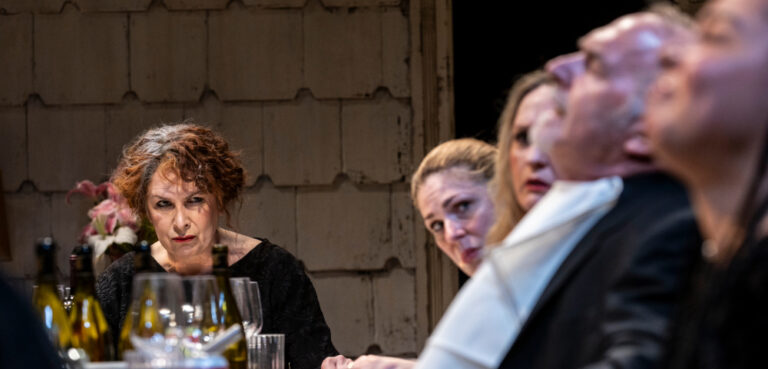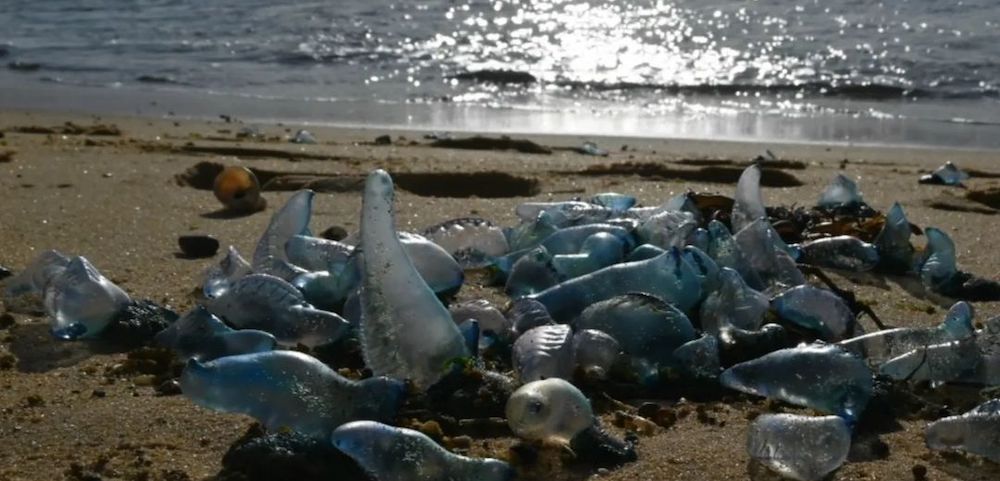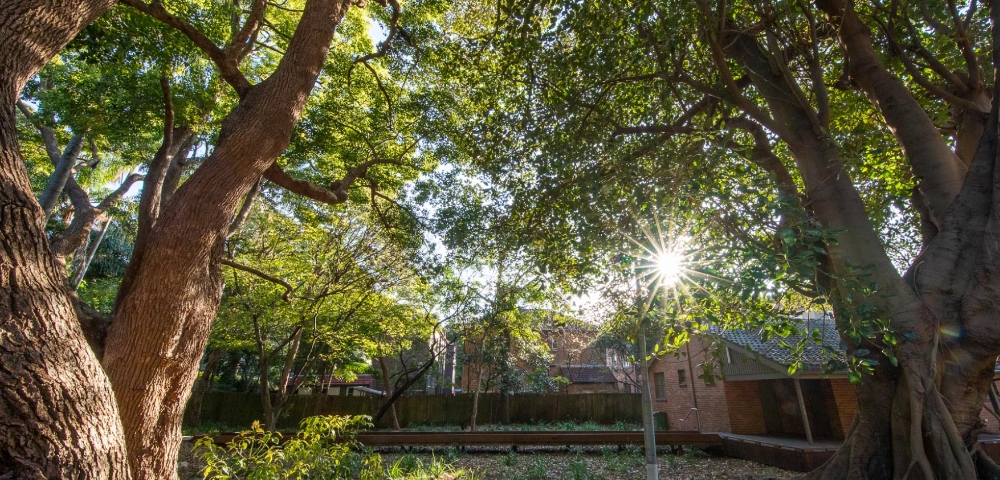
Historic Coogee Pier pylons to be transformed into public artwork

Image: The historic Coogee Pier pylons will be transformed into works of public art, following their removal from Coogee beach. Photo: Facebook.
By SASHA FOOT
Randwick City Council will repurpose the historic Coogee Pier pylons into public art, after safety concerns led to their removal from the beach. The twelve pylons, which were the final remnants of the 1920s Coogee Pleasure Pier, were removed by council-hired contractors in early July after rough surf conditions exposed the pillars.
Coogee residents expressed disappointment that the reminders of Coogee beach’s history were taken from the sand, but have welcomed the idea to repurpose the artefacts into public art.
Randwick Councillor Joanne McCafferty said that the decision to remove the concrete and wooden pylons came swiftly.
“With the weather events, it was a situation that needed to be responded to fairly rapidly,” she said.
Cr McCafferty tabled a motion at a July council meeting which called to consult with local artists and residents about the pylons future use.
She said that given “the community felt they hadn’t been given the opportunity to provide their views”, she is “thrilled” that her submitted motion was carried.

Long-term Coogee resident Mary Richard told City Hub that the exposed pylons posed no public risk since they “only showed themselves rarely”.
“At those times, they were a potent reminder of our colourful past, and the locals generally loved to see them.”
Resident Johnny Elizondo said he too was “disappointed, but understood the safety issue”.
“For years, the footings of the pier would come and go after each big storm. But the pylons would continually be re-covered by the sand and the tide.”
After learning of their removal, locals advocated for a historical display intended for arts or functional purposes.
Randwick Council aims to receive submissions from artists or local groups in the area following a report that outlines the process and budget of the expected project.
Cr McCafferty said by “encouraging artists and community participation”, the project will align with the council’s ten-year arts and culture strategy.
Coogee Pleasure Pier’s historic significance recognised
Randwick Councillor Bill Burst also suggested an approved amendment to place a historical plaque on the pylons, informing people of their past use. The Coogee Pleasure Pier, modelled on English piers such as the Brighton Palace Pier, was built in 1928 but was later removed in 1934 following storm damage.
A 1400-seat theatre, an upstairs seated restaurant, and a ballroom were the pier’s main attractions.










